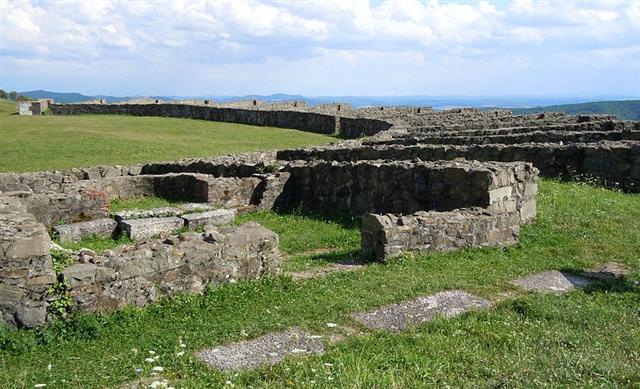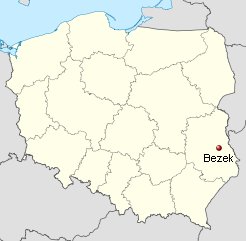As to the star names I have not yet explained the Chinese Tseen Foo for θ in the Antinous asterism:
According to Allen it means the Heavenly Raft. If the Sea was beginning after Nunki then some means of transport for the Sun across this watery expanse would seem reasonable:
In the same day as Nunki rose Bered (the star i which Flamsteed added to Antinous). And then we surely should try to connect Bered with Bezek (because only few names adorn the 25 stars of Aquila which I have listed and this pair of names sound similar). Bezek is η, also in Antinous and rising 13 days later, where glyph line Cb12 is beginning:
In rongorongo times this was 300 + 1 days after March 21. Cb12-1 clearly is presenting a figure which like a king in a modern card game is reflected vertically (as if in the mirror of a calm sea).
Possibly Cb12-1 is presenting a new and fresh pair corresponding to the previous such:
Searching in Wikipedia for Bered (in Antinous) and Bezek (not in Antinous) I found the former was 1 of 9 villages at the north-eastern point of the Roman empire: "In the 1st century AD, Porolissum, an ancient Roman city in Dacia was built on the western part of the commune. The city was the most north-eastern outpost of the Roman Empire, and garrisoned 5,000 auxiliary soldiers transferred from Spain, Gaul, and Britain. The commune is composed of nine villages: Borza (Egregyborzova), Brebi (Beréd), Brusturi (Somróújfalu), Ciglean (Csiglen), Creaca, Jac (Zsákfalva), Lupoaia (Farkasmező), Prodăneşti (Prodánfalva) and Viile Jacului (Szállásszőlőhegy) ... Porolissum was an ancient Roman city in Dacia. Established as a military camp in 106 during Trajan's Dacian Wars, the city quickly grew through trade with the native Dacians and became the capital of the province Dacia Porolissensis in 124. The site is one of the largest and best-preserved archaeological sites in modern-day Romania ... When Hadrian created the new province Dacia Porolissensis (named for the now sizable city) in 124, Porolissum became the administrative center of the province.
(Ruins of the Temple of Nemesis in Porolissum) The other name is similar in kind - if it should refer to Bezek in Poland:
"Bezek ... is a village in the administrative district of Gmina Siedliszcze, within Chełm County, Lublin Voivodeship, in eastern Poland. It lies approximately 17 kilometres (11 mi) west of Chełm and 49 km (30 mi) east of the regional capital Lublin." (Wikipedia) Could someone have named the stars Bered and Bezek in order to point out a similarity in the coordinates between this pair of villages and the pair of stars? Both villages are located around 23ş longitude, with Bezek precisely 4 minutes more to the east (later) than Bered:
| ||||||||||||||||||||||||||||||||||||||||||||||||||||||||||||||||||||||||||||||||||||||||||||||||||||||||||||||||||||||||








